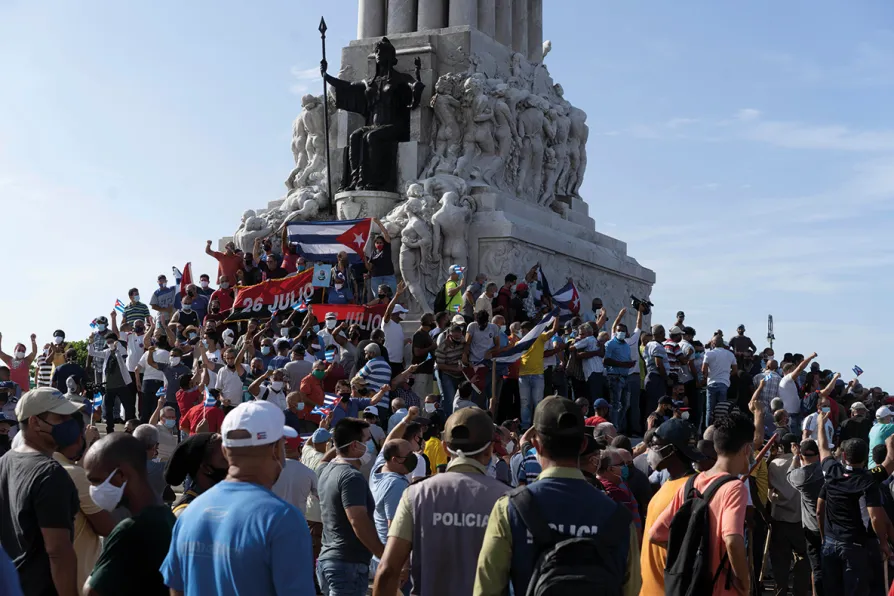Whether in recycling or energy policy, a deeper crisis in long-term thinking is apparent in Scotland. With the new Budget looming, MATT KERR wonders if we can move beyond shallow, headline-grabbing measures
The recent unrest in Cuba: a textbook example of fake news and media warfare
MARC VANDEPITTE explains how forces outside the island helped start the unrest and why the Western media then misrepresented events as they unfolded


ON SUNDAY July 11, Cubans took to the streets to express their dismay. It seemed like a spontaneous action, but on closer inspection there’s a bigger picture here. For 60 years the US has been trying to bring about regime change. In recent years, they have been using social media and mainstream media in a sophisticated way to do so. Recent events in Cuba are a textbook example of this.
Digital robots
The protests last Sunday July 11 were preceded by a fierce digital campaign. Renowned Spanish IT analyst Julian Macias Tovar has meticulously researched and mapped it out. His findings are shocking.
Similar stories

Ben Cowles speaks with IAN ‘TREE’ ROBINSON and ANDY DAVIES, two of the string pullers behind the Manchester Punk Festival, ahead of its 10th year show later this month
Read Sisters, the journal of the National Assembly Of Women, below.

CAROLINE FOWLER explains how the slave trade helped establish the ‘golden age’ of Dutch painting and where to find its hidden traces

Two new releases from Burkina Faso and Niger, one from French-based Afro Latin The Bongo Hop, and rare Mexican bootlegs










